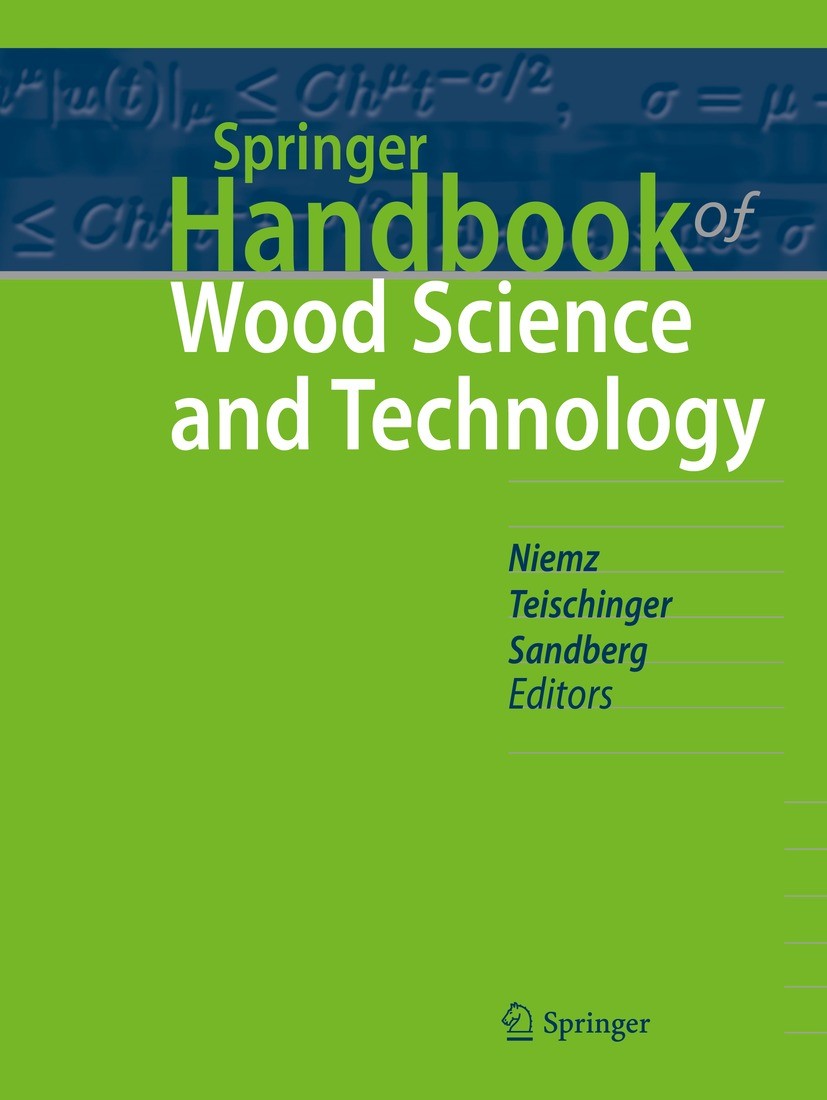This study utilized a self-developed gas permeability–porosity integrated analyzer to examine the gas permeability and porosity of pine, cypress, and Cunninghamia conifers across different wood orientations and parts. The findings reveal that the longitudinal permeabilities of conifers are higher than the radial and tangential permeabilities by factors of 14–100 and 275–600, respectively. A consistent exponential relationship exists between longitudinal permeability and porosity, irrespective of species. In the sapwood, the tracheid dimensions are 110.5–132.1% in radius and 103.6–116.2% in length compared to heartwood. A single tracheid exhibits higher longitudinal flow resistance than those in the radial and tangential directions. The primary longitudinal flow resistance stems from the lap surface of the upper and lower tracheids series connected with pits. In radial and tangential directions, the gas flow encounters a high density of pits from a series of connected tracheids. The number of series-connected tracheids in the longitudinal direction is only 1% of those in radial and tangential directions, whereas it reaches up to 600 times for parallel connections. This leads to considerably lower total flow resistance in the longitudinal direction compared to radial and tangential directions. The measured higher longitudinal gas permeability aligns well with the model calculations and the gas microseepage is predominantly related to tracheid structure, causing permeability variations.



